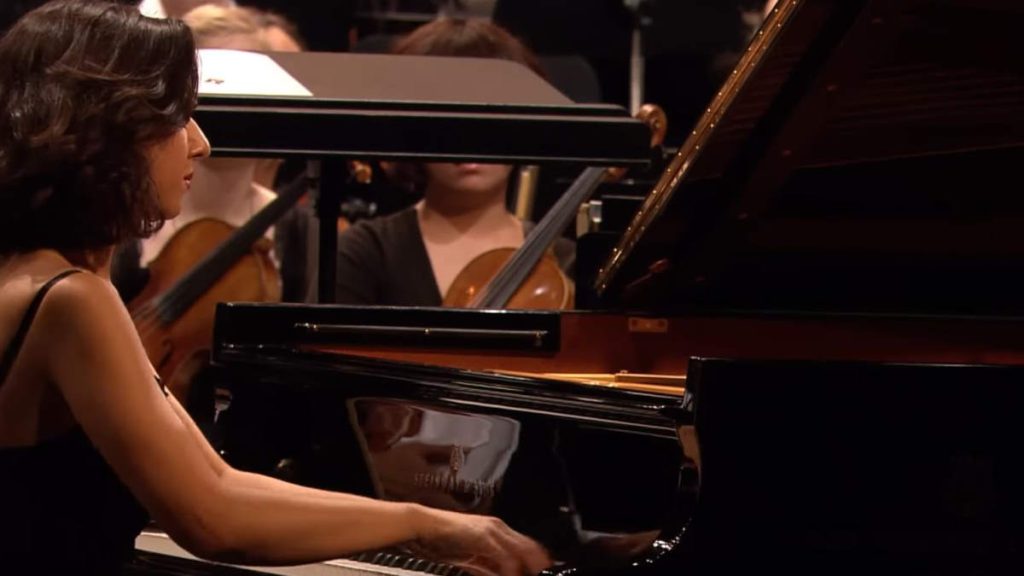Evgeny Kissin plays Franz Liszt’s Liebesträume No. 3, the third of a set of three solo piano works (S.541/R.211), on Liszt’s original C. Bechstein piano. Liebesträume means “Dreams of Love” in English. Liszt’s C. Bechstein piano is in the salon at the Liszt House in Weimar, Germany, where he resided during the summer months and gave master classes to students as well as private concerts from 1869 until his death in 1886.
Franz Liszt’s Liebesträume No. 3
Franz Liszt’s Liebesträume No. 3, often referred to simply as “Liebesträume,” is one of the most famous piano pieces in the Romantic repertoire. Composed in 1850, it is the third of a set of three nocturnes titled “Liebesträume” (Dreams of Love). Each piece in the set is associated with a different poem about love, with No. 3 being linked to a poem by Ferdinand Freiligrath.
The piece is written in the key of A-flat major and is marked “Poco allegro, con affetto,” indicating that it should be played with a gentle, affectionate tempo. The piece opens with a serene and lyrical melody that is both tender and expressive, capturing the essence of romantic love and longing. As the piece progresses, it builds in intensity and complexity, showcasing Liszt’s virtuosic writing and the pianist’s technical prowess.
The central theme of the work is a beautiful, flowing melody that recurs throughout the piece, varied and embellished each time it returns. This theme is accompanied by rich harmonies and intricate figurations, creating a lush and evocative soundscape. The piece reaches a climactic section where the emotions are heightened, before returning to the gentle and reflective opening theme, bringing the piece to a tranquil and poignant conclusion.
Liebesträume No. 3 is celebrated for its emotional depth, lyrical beauty, and technical demands. It remains a favorite among pianists and audiences, embodying the Romantic ideals of expressive, emotive music and showcasing Liszt’s genius as a composer and pianist.
Sources
- Liebesträume on Wikipedia
